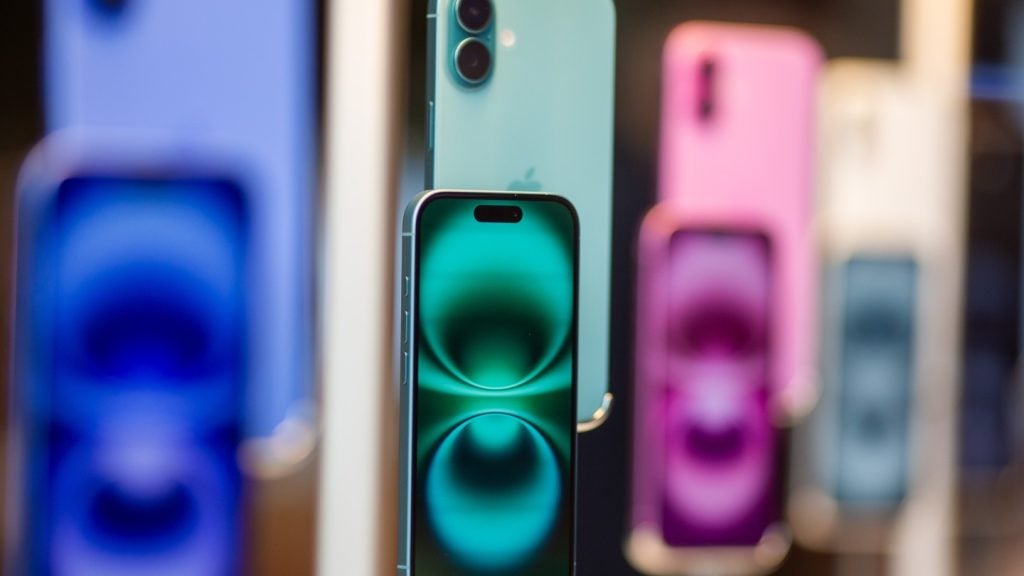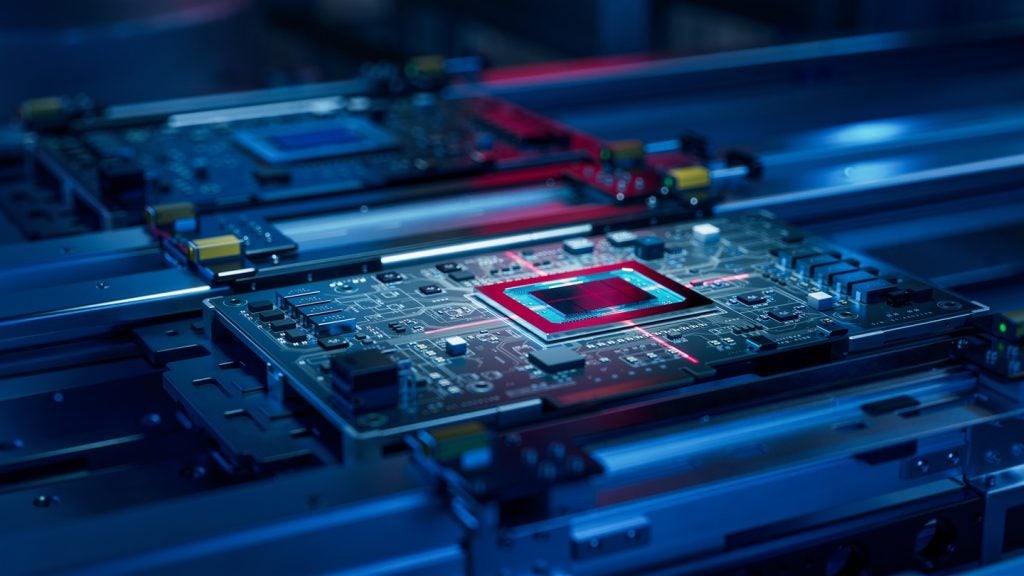According to a recent study by Auto Pacific, nearly one-third of new car buyers want a 10-inch or larger touchscreen in their next vehicle, and between 13% and 18% said they wanted a full-width touchscreen display.
They’re in luck. Almost all new cars have at least one touchscreen, and they are getting larger and larger with each new iteration. Some vehicles, like Mercedes’ new lineup of electric SUVs, have three, which merge to form a “hyperscreen” that stretches across the entire 56-inch-wide dashboard. To reach the furthest corner while sitting behind the wheel, a driver would require the wingspan of someone at least nine feet tall.
And therein lies the problem. Rather than improving functionality with every new generation, these newer touchscreens only seem to hinder it. Given the marketing around them—the bigger the better—it might also surprise consumers just how unsafe these large touchscreens can be.
Smartphones on wheels
Today’s touchscreen infotainment systems encourage drivers to multitask, as many of these displays offer smartphone connectivity and show text messages, emails, and other notifications.
It is generally accepted that using a phone while driving is dangerous; the practice has been banned in the UK since 2003. But as carmakers add more features to their touchscreens, it will become harder to distinguish between these displays and smartphones. Their size is likely to increase too, as text readability becomes a higher priority.
Safety concerns
Even smaller touchscreens can endanger drivers. According to one study by MIT, glancing from the road to a screen slowed the average driver’s reaction speeds by ten times compared to if they kept their eyes on the road.
How well do you really know your competitors?
Access the most comprehensive Company Profiles on the market, powered by GlobalData. Save hours of research. Gain competitive edge.

Thank you!
Your download email will arrive shortly
Not ready to buy yet? Download a free sample
We are confident about the unique quality of our Company Profiles. However, we want you to make the most beneficial decision for your business, so we offer a free sample that you can download by submitting the below form
By GlobalDataWhen it comes to replacing analog buttons and switches, touchscreens force drivers to rely on visual cues. To perform complex tasks such as navigation programming or even operating basic controls, drivers can no longer rely on muscle memory or differences in size and texture to easily find features by hand. Instead, they must physically look at where their finger is pointing.
Larger touchscreens compound these issues. As carmakers use them to cram more and more analog features in—an obvious cost-cutting exercise to reduce spending on interior design—drivers are being forced to spend more and more time looking at them.
The 15.4-inch central touchscreen in Tesla’s Model 3, for example, has entirely replaced the traditional dashboard behind the steering wheel. Drivers must turn their heads away from the road to check key metrics such as speed or battery range rather than using a safer heads-up display.
Driver safety is further imperilled by the poor user experience design and cost-cutting of many touchscreen infotainment systems.
For example, some carmakers like Volkswagen are using touch-sensitive buttons without backlights to access certain features, making them nearly impossible to find in the dark. Others employ a daunting combination of menus, acronyms, and settings that confuse drivers and divert their attention away from the road.
Such safety concerns are exacerbated by larger touchscreens. If drivers are using these screens as second phones, then unless carmakers can demonstrate why the two are different in practice, there needs to be stricter regulations or even a ban on the technology. Otherwise, road safety is at risk.









Related Company Profiles
Mercedes-Benz Group AG
Tesla Inc
Volkswagen AG